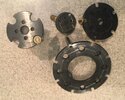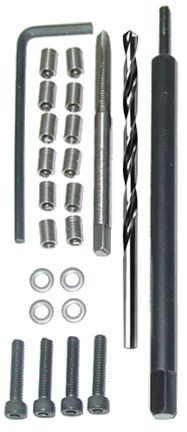So put a Dillon 550 into production mode, pushing out 9mm blammo. Had previously set it up and cranked out a few rounds, but moved to a different bullet, so started fiddling with seating stem, trying to fine tune it to the desired seating depth. A small adjustment seemed to result in either no change or big change........big being .005 to .010. Nothing like that happened on the Co-Ax. It is linear and dead nuts accurate.
I am aware that if you don't have brass in the sizing/depriming station 1, the shell plate on the 550 can rock a bit........I get a difference of about .005.......with or without brass in station 1. When loading, I try to lower the handle / raise the ram until it comes to a stop.
Is this OAL variation normal on a 550 or do I have a malfunction and need to look for the source?
I am aware that if you don't have brass in the sizing/depriming station 1, the shell plate on the 550 can rock a bit........I get a difference of about .005.......with or without brass in station 1. When loading, I try to lower the handle / raise the ram until it comes to a stop.
Is this OAL variation normal on a 550 or do I have a malfunction and need to look for the source?



